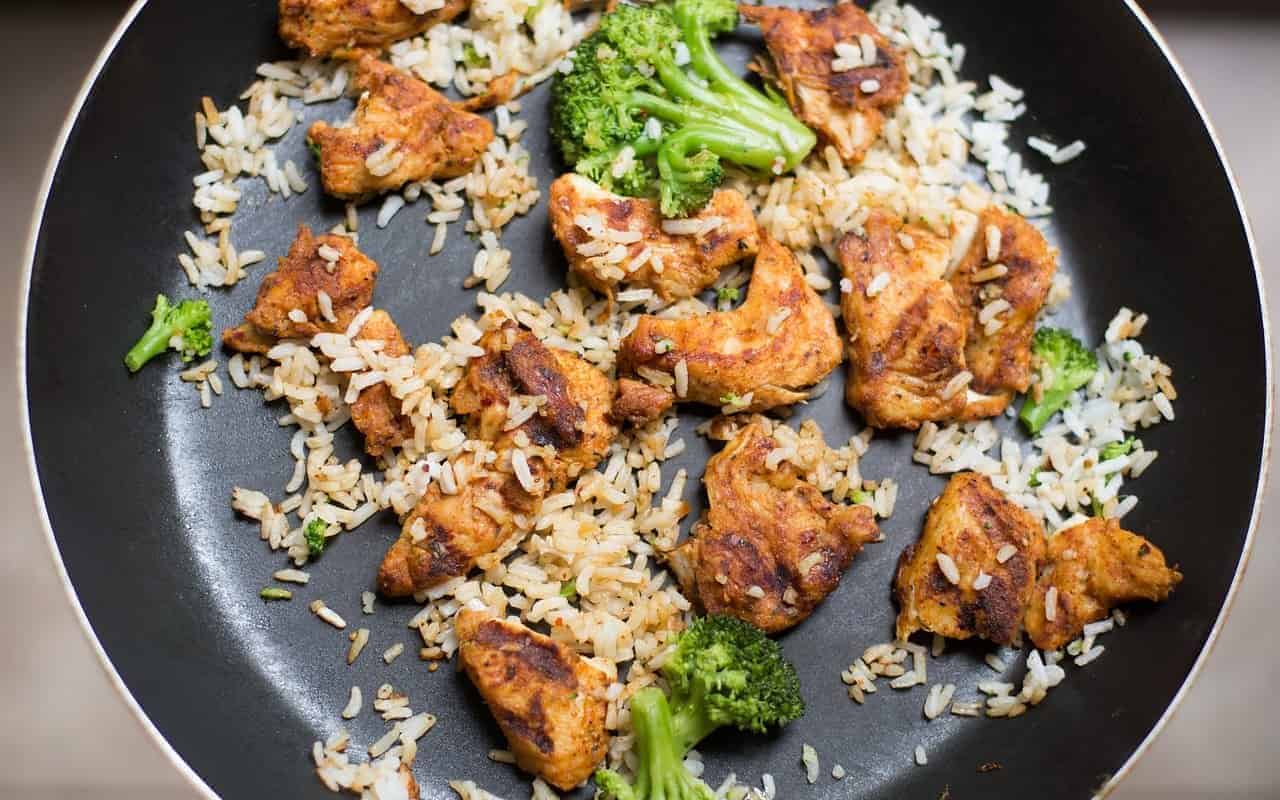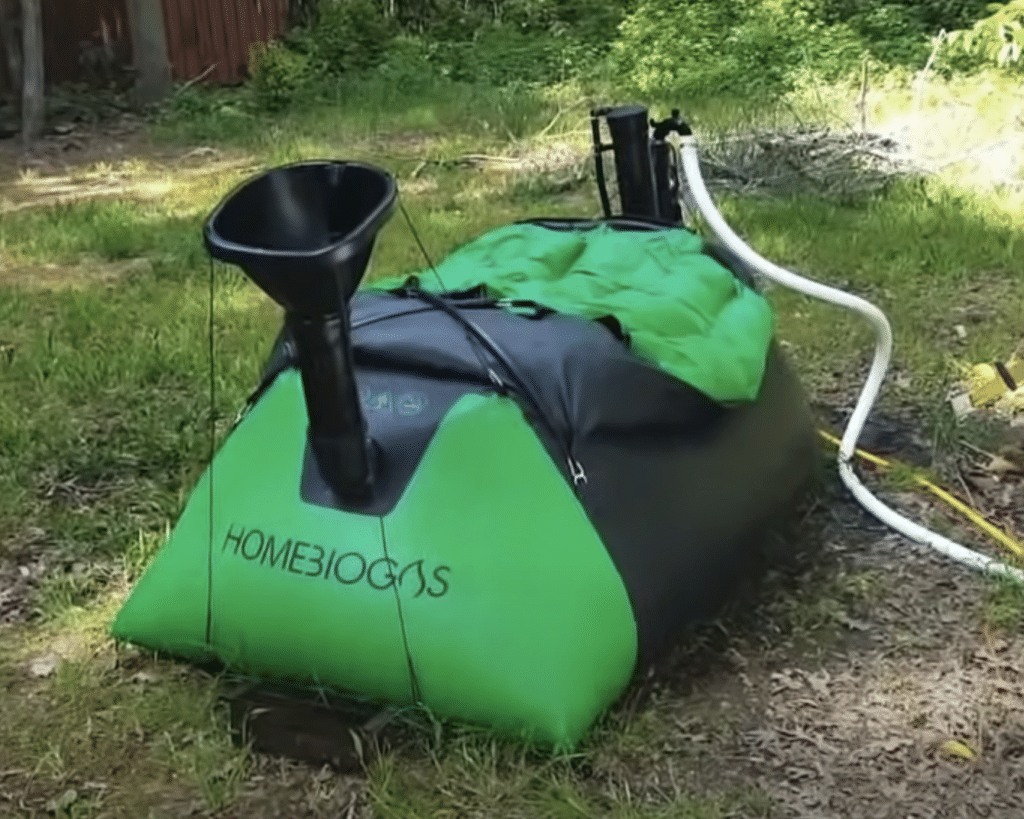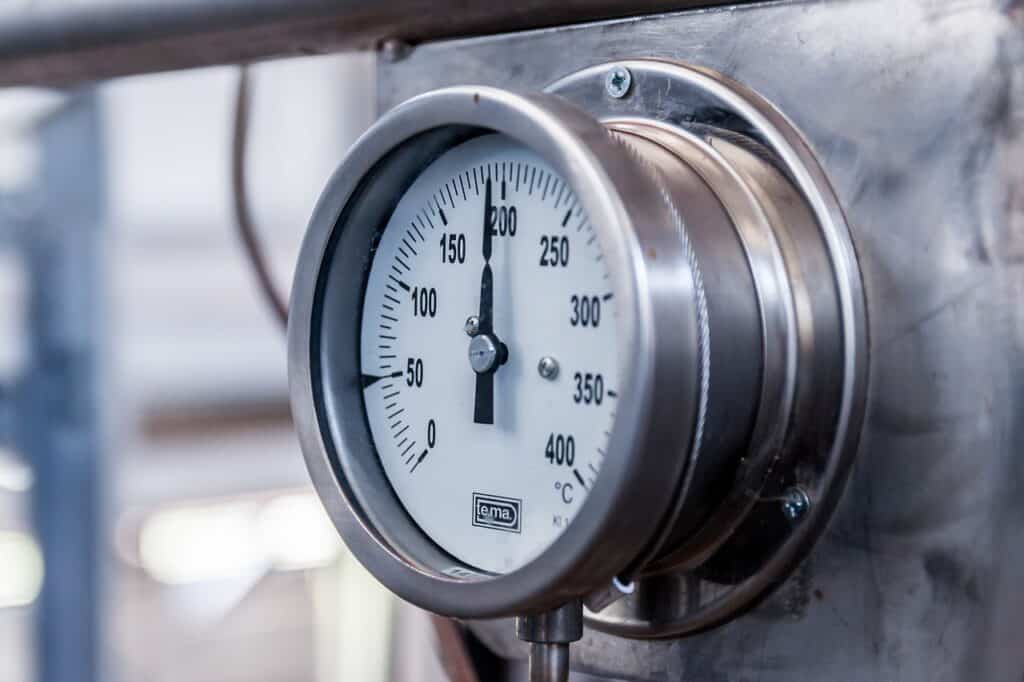Food waste is a source of carbon emissions – what to do with food waste?
Do you have any idea what to do with food waste? Wasting food happens at every stage of the production process, from growing it on the farm to distributing it to shops to throwing it away by consumers. Losses that occur as a result of mold, bugs, or improper climate control; losses that occur as a result of cooking; and intentional leftovers are some of the reasons. Food waste at both points of production and consumption contribute hugely to carbon emissions. The production of the food in the first place uses energy and emits carbon. The disposal of food secondarily adds to emissions via breakdown.

Each person in an industrialized country ends up wasting on average 110 lbs (50 kg) of food per year which amounts to a total of 15% of total food supply. Food waste means also needless carbon emissions from production of the food. Converting the 110 lbs of food into carbon emissions means 350 kg CO2 per person per year. The average American emits 15 tons of CO2 per year meaning food wastage contributes to 2% of the total carbon emissions.
Reducing food waste is actionable and reduces your carbon footprint – 7 ideas
We have written elsewhere that eliminating food waste is a way to reduce the carbon footprint substantially. This is because among your four sources of carbon emissions there is: home heating and cooling, transportation, food, and products. In the area of food, first world country residents generate a lot of avoidable waste. This article is about what you can do. There are several things that you can do with food waste, depending on what type of food it is.
Idea 1 – save your meal
For example, if you have leftover cooked food, you could reheat it and eat it for another meal. Alternatively, you could freeze it so that it lasts longer. If the food is starting to go bad, however, then you will need to get rid of it.
Idea 2 – weigh your meal
An alternative is to pretty exact about portion sizes. Correctly sizing a portion avoids having to save the meal in the first place. To be more exact, use a kitchen scale to weigh out the correct amount of ingredients. We cover other tools below to help you reduce waste.
Idea 3 – compost it
One option for getting rid of food waste is to compost it. This involves breaking down the organic matter in the food so that it can be used as a fertilizer for plants. It is a relatively simple process and there are many ways to do it. Composting is a way to redirect matter away from landfills and to a more efficient process.
Idea 4 – donate it to a farm
Another option for dealing with food waste is to give it to a local pig farm. The pigs will be able to eat the food and it will help to provide them with a nutritious diet.
Idea 5 – give it a a food bank or soup kitchen
Finally, you could also donate unwanted food to a local food bank or soup kitchen. This is a great way to help those in need and reduce food waste at the same time. We certainly don’t want to equate pig food and food banks. For the food bank the donations will have to be original, sealed, unused products like cans, boxes, bags.
In terms of what to do with leftover food, there are numerous alternatives. Ultimately, the decision is yours to make. No matter what you do, avoid dumping food waste in a landfill where it will contribute to further environmental degradation.
Related Article: What’s the Greenest Car? A Short Guide to Vehicle Emissions
Idea 6 – Put it into an anaerobic digestion
If you have food waste that you cannot compost or donate, then a creative disposal method could be an anaerobic digestion set up. One option is to send the leftovers to an anaerobic digestion facility. Here, the food will be broken down by bacteria in the absence of oxygen. This process produces methane gas, which is used to generate electricity instead of burning off. The methane gas unfortunately creates greenhouse gases. Two responses to that: first, because methane is such a potent greenhouse gas, its better to use the methane and produce carbon dioxide for the short term; second, putting the carbon dioxide back into the air is ok because the food source fixed the carbon dioxide in the first place meaning this is a zero-carbon, closed loop process.
Alternatively, you could also put the food waste into a home biodigester. This is a similar process to anaerobic digestion but the methane gas produced is used to heat water instead of generating electricity.
Idea 7 – a final option for recycling food waste is to incinerate it.
This process involves burning the food waste at a high temperature. The heat generated can be used to produce electricity or to heat buildings. This has been really championed by Sweden and is a power source for homes. Ideally the carbon dioxide from burning is captured but if its not, it’s ok because this is a closed loop of fixing carbon dioxide through the food source and then emitting it back into the atmosphere.
No matter what method you choose, recycling leftover food is a great way to reduce your environmental impact and help to preserve our planet.
Tools to help you recycle food wastes
1. A kitchen scale can be used to weigh food waste so that you can correctly calculate the amount of food waste you have.
2. Food waste bags or containers can be used to store food waste until it can be recycled.
3. A food waste caddy can be used to collect food waste from your kitchen and take it to the recycling facility.
4. A compost bin can be used to compost food waste at home.
5. A pigsty can be used to recycle leftover food by giving it to pigs as their feed.
What Is a biodigester?
In idea 5 we mentioned anaerobic digestion. The device with this function is a biodigester. A biodigester is a machine that breaks down organic matter. The process of breaking down the organic matter produces fertilizer and methane gas. The first is directed to a collector or into the ground to fertilize it. The second is piped back into the house for use as heating fuel. There are also versions of these devices for home. Bacteria that don’t require oxygen carry out the metabolic functions that break down the waste. These bacteria are called “anaerobic”. Hence the name, anaerobic biodigester.

What are the benefits of using a biodigester?
The main benefit is that it reduces the waste in energy from discarding the food source at the same time providing a renewable source of energy. Biodigesters also reduce the amount of food waste that goes to landfill sites. The home digesters I’ve seen need a lot of material to make useful gas. Owners will put in human waste, food waste, and very large animal waste, such as cow and horse manure.
What are the disadvantages of using a biodigester
There are four disadvantages of using a biodigester. One is that the process of breaking down the organic matter produces smelly gases. Two, biodigesters take up valuable yard space. Three, biodigesters are finicky and need a high temperatures to be cranking at capacity. Their output is fertilizer and methane gas. There are ways to get around the disadvantages. For example owners will cover the biodigester with plastic, transparent tarp that not only heats the device in the sunlight, but also stifles the smell.
How do I use a biodigester?
If you want to use a biodigester, you will need to find a suitable location for it. The biodigester should be situated in an area that is not prone to flooding. It should also be close enough to the house that material is easily fed in, and the collected methane gas is piped back into the house. Once you have found a suitable location, you will need to install the biodigester.
After the biodigester has been installed, you will need to add food waste to it regularly. They will be broken down by anaerobic bacteria and this process will produce methane gas. This gas can be used to heat water.
It is important to monitor the level of methane gas that is produced by the biodigester. If the level of methane gas becomes too high, it can be a fire hazard.

Incineration by heat as a way to dispose of food waste
Incineration is the process of burning waste at a high temperature. The heat generated by the incineration process can be used to generate electricity or to heat buildings.
What are the benefits of incineration?
There are many benefits of incineration. One benefit is that it reduces the amount of waste that goes to landfill sites. Another benefit is that it can provide a renewable source of energy.
What are the disadvantages of incineration?
The main disadvantage of incineration is that it produces harmful gases such as carbon dioxide and sulfur dioxide. These gases can damage the environment and cause respiratory problems in humans. Another disadvantage of incineration is that it requires a lot of energy to operate. A European study found that the carbon intensity of incineration is greater than using a landfill. This is a seriously poor outcome that is completely contrary to the purpose of incineration.
Final thoughts
There are many ways to recycle food waste. The most suitable method will depend on the type of waste that you have and the resources that you have available. Incineration and bio-digestion are both effective methods of recycling waste. If you decide to use either of these methods, it is important to monitor the level of harmful gases that are produced.
